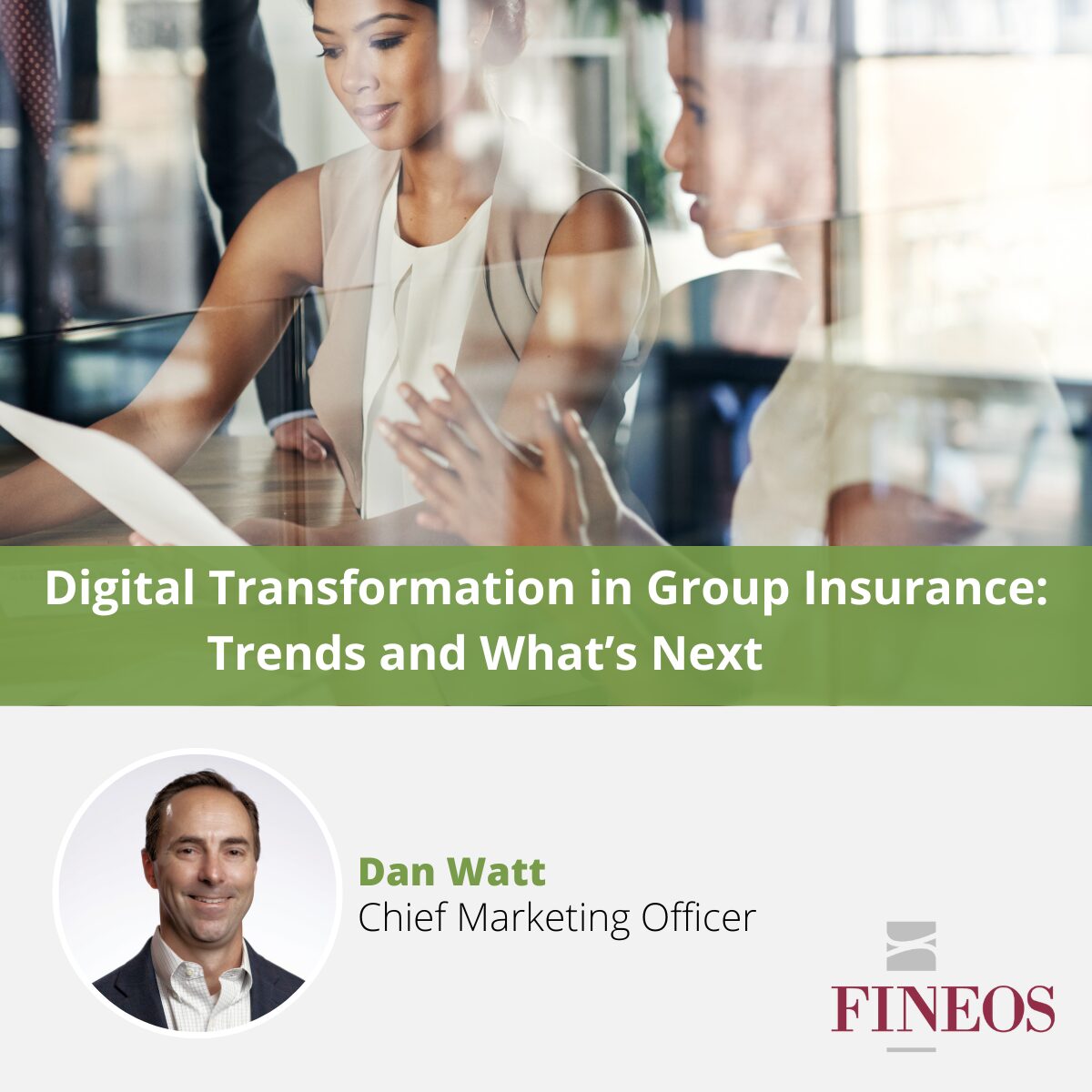With four generations actively taking part in the workforce, the priorities and expectations of the average employee are hard to define.
From March 2021 to March 2022, job separations in the United States totaled 71.4 million.[1] Many of these separations were voluntary, with 77.7 million hires during that same period. Additionally, more people are leaving traditional full-time jobs for gig and independent-contract models.
A result of COVID-19 and the resulting new work structures and motivations among employees, there’s a significant workforce realignment sweeping across the U.S., causing organizations to evaluate what they have to offer talent — and vice versa.
While preferences on where and how to work may vary, workplace benefits play a key – and growing – role in workforce retention. In fact, according to a report by LIMRA and EY, Harnessing Growth and Seizing Opportunity: The Future of Workforce Benefits, all four generations rate the insurance benefits offered at work as valuable, if not more valuable, now versus pre-pandemic. Almost half of millennials, the majority generation of the workforce, indicate that employee benefits are more valuable today.[2]
The employers who offer more holistic packages, inclusive of less traditional and non-medical voluntary benefits, such as financial wellness solutions and pet insurance, for example, are more likely to see greater loyalty within their workforce, the survey found.
Meeting workforce needs through benefits
Here are three best practices for insurers and their employer partners to meet the needs of the workforce through employee benefits strategies.
1. Enhance communications around benefit offerings. Both the LIMRA and EY study[2] and LIMRA’s 2022 BEAT Study: Benefits and Employee Attitude Tracker[3] note that businesses are not effectively communicating about their benefits and enrollment process. The studies reveal that 22% of employees feel their employers didn’t provide enough information during enrollment and 69% of employees would prefer receiving benefits communications more frequently.
This communication and education gap is impacting more than workers. Market research conducted by EY-Parthenon identified $70 billion in potential revenue from increasing employee enrollment rates within existing programs.
Beyond providing digestible information for businesses to use in communication with their workforces, insurance companies can provide guidance on frequency and communication methods. More frequent communication about benefits leads to a workforce’s better understanding of their options, ability to more effectively choose what works best for them, and higher satisfaction with benefits.
It’s also important to design communications around the habits of the workforce, which vary greatly. While “email sent to work email address” is the preferred method for 38% of employees, a multi-channel communication approach satisfies the 41% of Gen Z who prefer text messages along with the 30% of Baby Boomers who look for printed information in their home mailboxes.[3]
2. Offer different types of benefits. Post-COVID, employees are looking for a variety of benefits that meet not only their medical needs, but also their lifestyle priorities. Along with variety, the number of benefits a company offers is important.
Offering an array of benefits plays a key role in promoting employee engagement and loyalty. Benefits satisfaction increases with the number of benefits offered. Companies that offer only three or fewer insurance benefits satisfy 28% of employees, while companies that offer 10-12 insurance benefits reached a 69% satisfaction rate.[3]
While workforce chatter is full of buzzwords like “flexible work environment” and “wellness resources,” research by both LIMRA and EY confirms that the pandemic also reinforced the importance of protection and insurance benefits such as paid family or medical leave and life insurance. These offerings rate highest in importance for nearly half of all employees.[2]
That’s not to say that wellness benefits like physical health programs and career development opportunities are mere buzzwords. These benefits gained importance over the pandemic and rank near traditional medical benefits in their importance to employees.3
The key to a strong employee benefits package in 2022 and beyond is the inclusion of both traditional and non-traditional benefits, combined in a comprehensive experience for the worker.
3. Focus on enrollment. Offering a variety of benefits is not enough. Insurers and businesses need to ensure that employees are actually enrolling in these benefits. Employees who are enrolled in more benefits are more satisfied than those who are enrolled in fewer benefits.[3] The key is to make the enrollment process itself as easy as possible.
While today’s workforce requires a variety of communication channels, most agree on their preferred enrollment method. As many as 90% of employees who more recently enrolled online prefer this method.3 Employees most recently enrolling via paper, phone, or in person do not have the same satisfaction rates.[3]
For this reason, along with stress on HR staff, two-thirds of employers say they would choose insurance firms based on how well they work with their benefit technology platform, even if their product is a little more expensive.[2]
For smaller companies (with 10-99 employees), the impact of a carrier’s digital capabilities is projected to be a little less significant over the next five years, but for midsize (100-999 employees) to large (1,000 plus) businesses, the impact is expected to be greater.
Stand out with the right technology
Employee benefits are key for businesses looking to retain talent in today’s market. However, to remain the carrier of choice, you need to meet the growing expectations of the business as well as its workforce. The way to do that is with the right technology.
Digital transformation fundamentally improves the way employers can offer and communicate benefits to their employees while providing efficiency for a fluid workforce. Employers are looking for digital services such as online enrollment, online billing and payment, and self-service / real-time quoting, while only 56% of employers are very satisfied with the technology provided by their insurance carriers.[2]
This is an opportunity, so seize it.
For more information about how to best win the workplace migration challenge across generations, contact our FINEOS team.
[1] U.S. Bureau of Labor Statistics “Job Openings and Labor Turnover Summary,” May 3, 2022.
[2] LIMRA, EY “Harnessing Growth and Seizing Opportunity: The Future of Workforce Benefits,” April 18, 2022.
[3] LIMRA “2022 BEAT Study: Benefits and Employee Attitude Tracker,” May 2, 2022.


